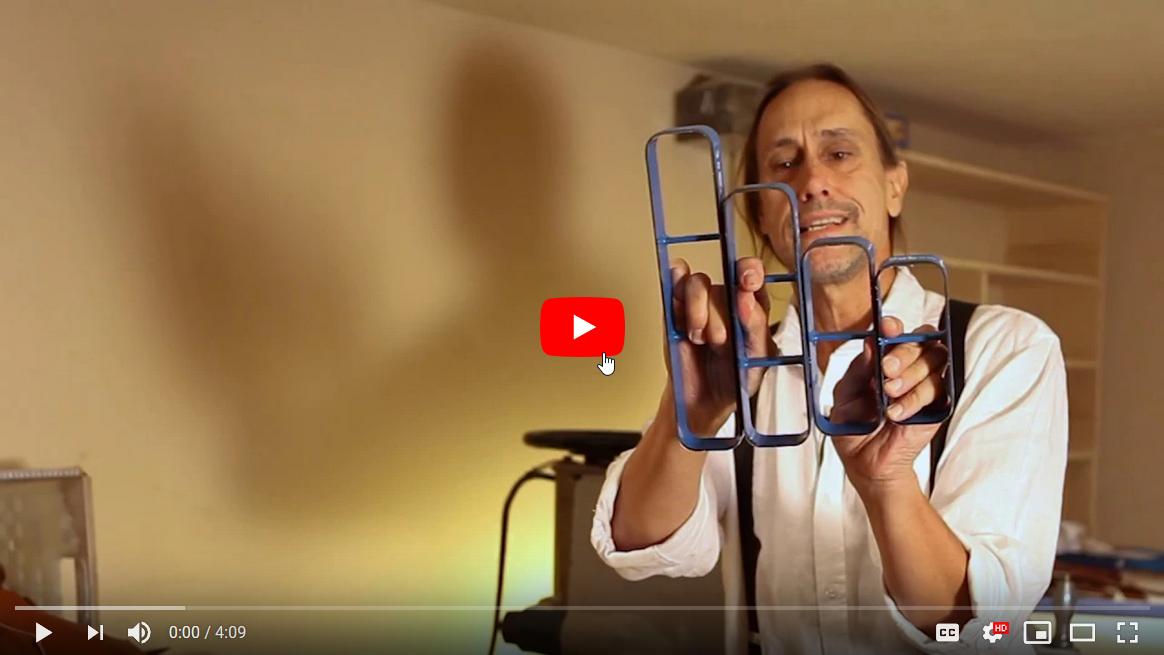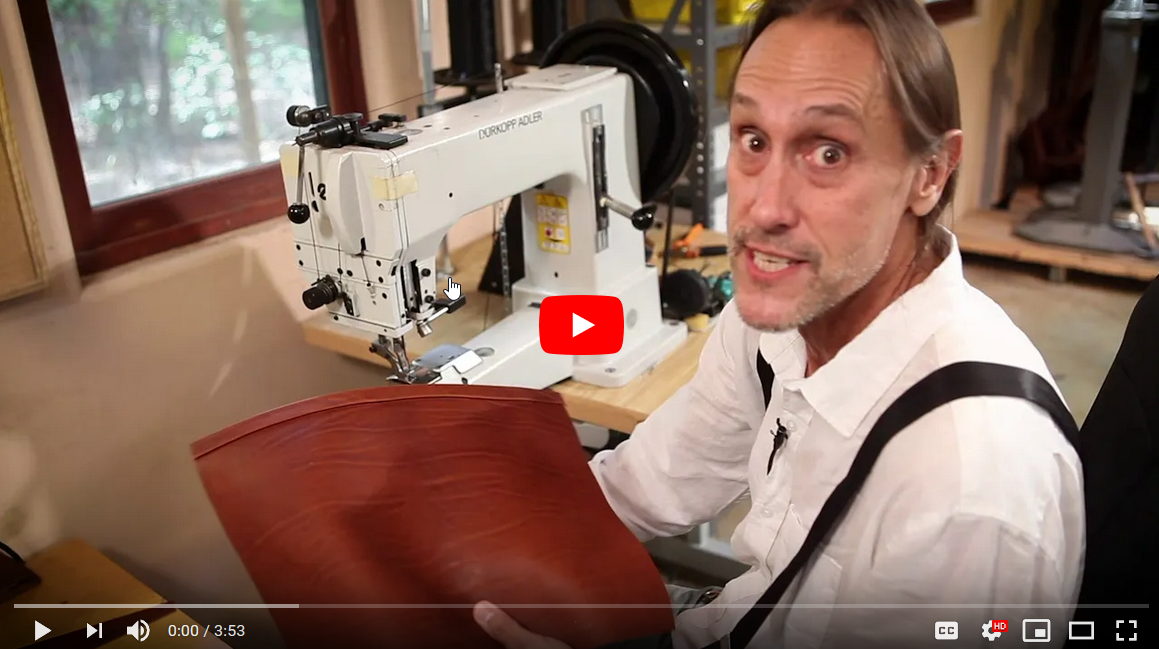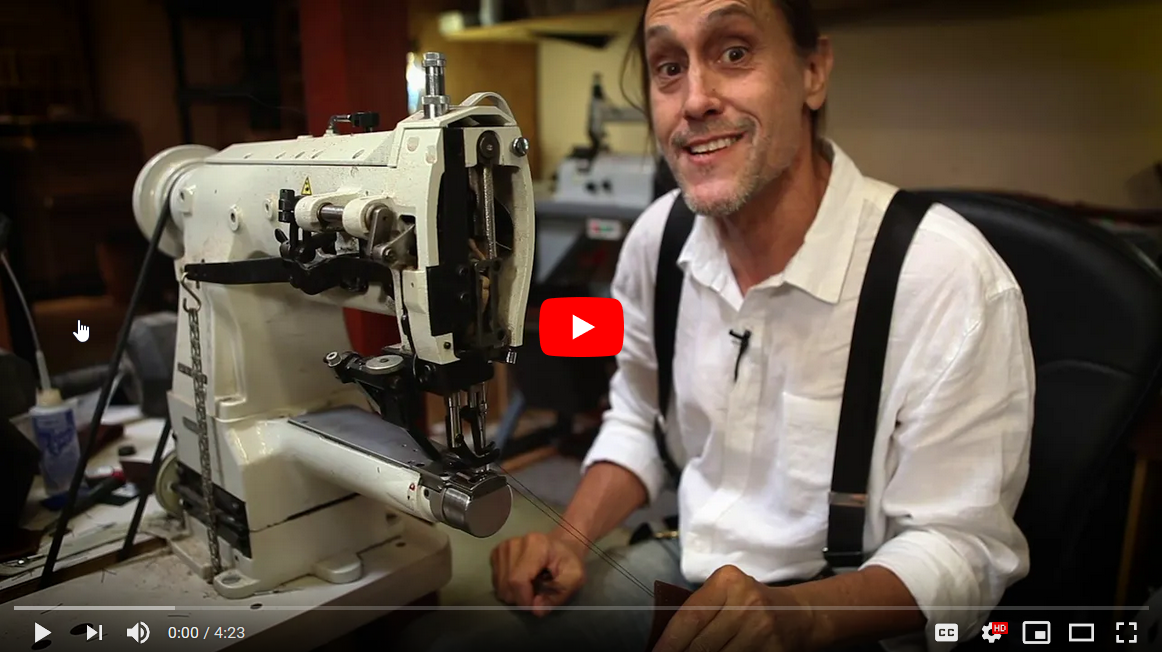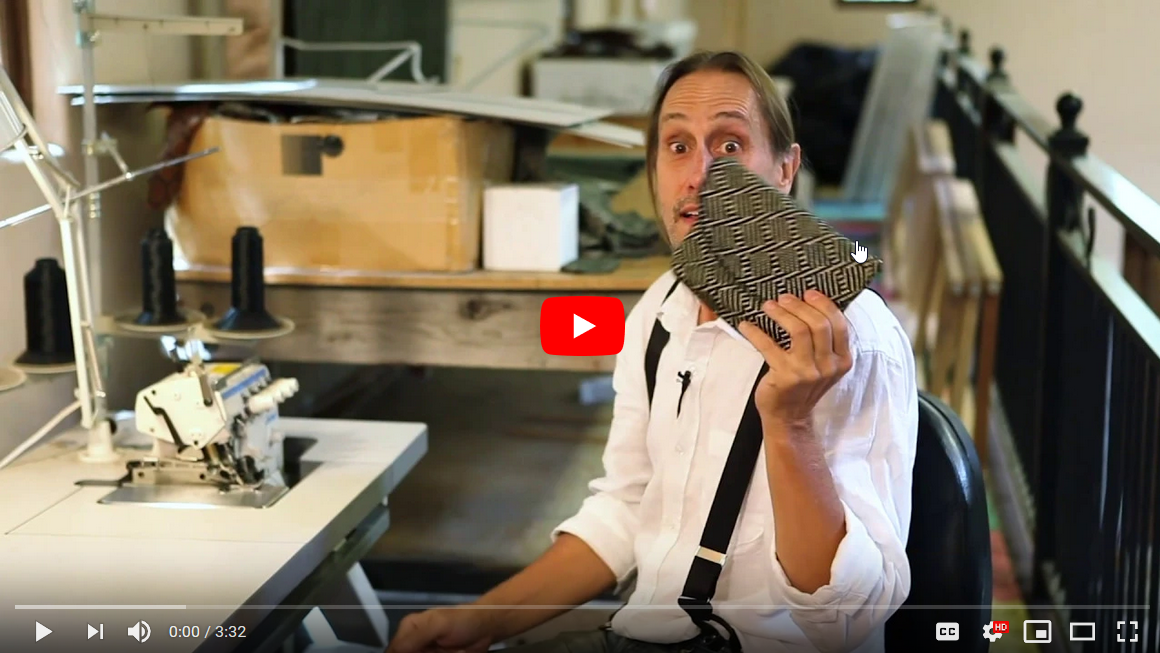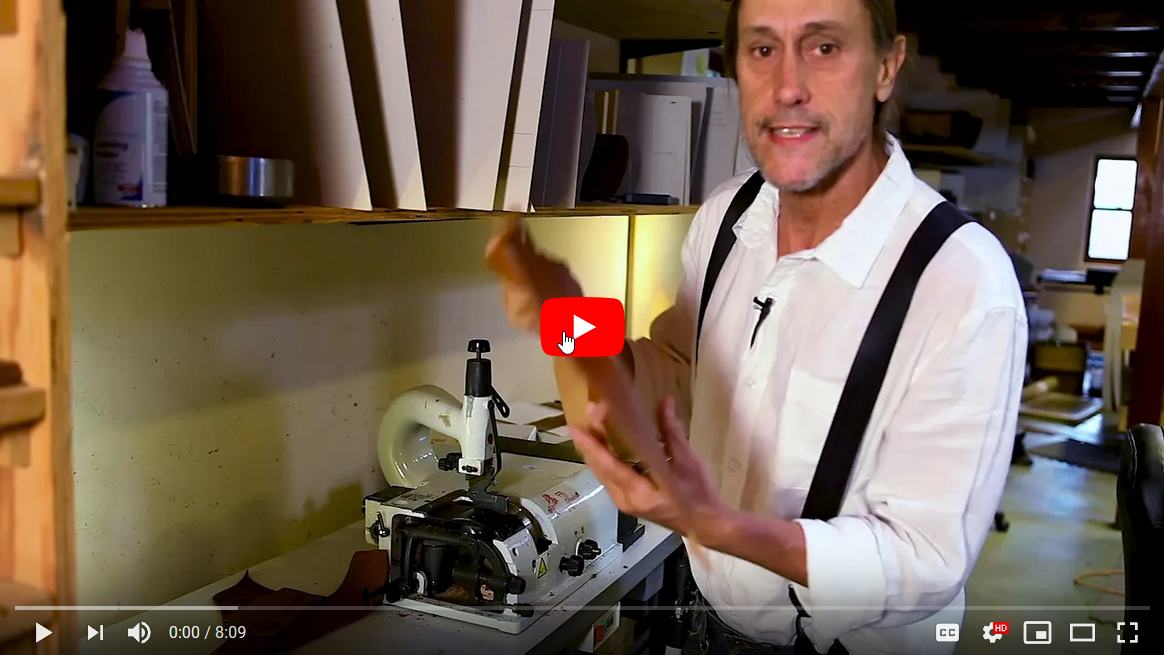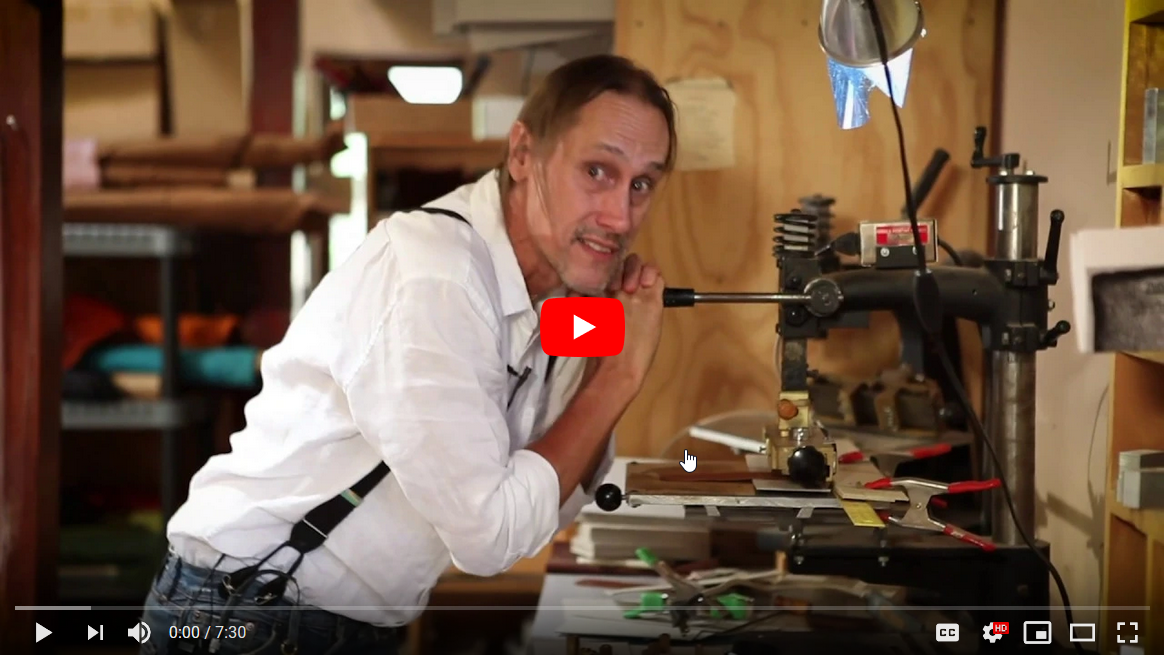The USM 15 Ton Press, Our First Machine
For 5 years I dreamt of owning a Clicker Press.
That's what they call a press which is made to diecut leather. This machine was built in the 1950s. That makes it almost an antique.
I acquired this machine 3rd hand from an old shoemaker in Seattle who used it to die cut shoe soles. That was the year 2000. It has been relocated 3 times since then... first to the garage of the house I rented and ran my business from around 2000, then to the 2nd floor location 2 blocks from the Pike Place Market where the horses who, ages ago, pulled the fire trucks were boarded.
After that it moved to The Old El Rancho Bar in El Rancho, NM which was a temporary location for us until the new studio was built. It was then moved into the new studio where it lived for almost 13 years. It’s current place of service is our new location in Siler Arts District in the heart of Santa Fe, NM
DURK, Our Saddle Sewing Machine
German, UNSTOPPABLE & tough enough for sewing horse saddles.
Durk is a Saddle sewing machine and came to us shortly after getting our clicker press. It's designation is Adler 205-370. It's a triple feed walking foot machine.
The first job we did on Durk was to sew up 150 d-ring binders for a real estate company in Hawaii. Basically, it paid for the machine.
I bought this machine primarily to mimic a hand stitched look so it needed to be able to sew with really heavy thread and was the only one available that could handle the heavier, number 415 thread we use in both the top feed and the lower bobbin.
If you look at the construction of bags in the bag world, you will not find a machine like this being used. Bag makers use a lighter weight machine with thread half as thick to sew their bags. This is why you will see heavier leather bag with rivets in corners to add strength to the corners so they won't tear apart. That lighter thread used just can't handle the stress.
Just how much can we push DURK?
Durk is limited only by what you can get under the presser foot, about 1 or so inches of leather.
Seiko, our Lightweight Sewing Machine
Pushed to its Limits
We got this machine at the same time we did our Skiver back in about 2007. It sews the rolled edges for pockets and other things on our entire line of leather journals and bags. We also use it to final sew some of our leather covers and bags.
At about 2000 stitches per minute the friction of the needle on oils in the leather makes it smoke when running at top speed.
We prefer to use a 1/2 hp clutch motor rather than the newer electronic servo motors because of the bit of extra power you get. Unlike a servo motor which controls the speed like a gas petal on your car, a clutch motor is quite different in that it’s like an on and off switch and drives either top speed of the machine or no speed at all. So driving this machine and learning to control its speed requires a lot of skill and is for true professionals only. If you can sew on a clutch driven machine, you can sew on any machine.
Like it’s big brother, Durk, this is also a walking foot, triple feed sewing machine, designated as Seiko LSC-1b. We use a size 98 thread vs the 410 for Durk. But don’t let that fool you. This machine is super tough as you can see when we try to push it to its limits in the video above by sewing thru 6 pieces of our Flight Jacket leather.
The Juki Serger, our Pouchmaker
Bespoke Fabric Pouches
Sergers cut and put a finish seam on one or more layers of material. We use this to make our fabric pouches.
We bought this Juki serger used, shortly after we got Durk in the early 2000’s. The reason is that we were using a home serger to make our chenille fabric pouches and it was just way too slow.
This serger is a 4 spool machine. We use 3 of them. Top speed is about 6000 stitches per minute. It quite literally sounds like a buzzing bumble bee as you will hear in the video above. And, of all our machines, this one is not only the fastest but it is the easiest to control.
Unlike most of the sewing machines you might be familiar with, sergers do not have bobbins. That’s because multiple threads are fed in thru the bottom at the same time. This makes them complicated to thread. It can take me up to 1 hour to replace and thread a new spool of thread. It takes my sewing machine tech 5 minutes to replace and thread all 4 spools. UGH!
Our Leather Skiver
The BOSS of all Skivers
Basically, a Skiver is a machine that splits leather. We use a skiver for 2 things.
First, to shave thin the edges of our leather so that it can be rolled to create a more finished looking edge, like on the pockets of our Custom Book Covers. Our Process Videos better explain this as well as some of the other proprietary edging techniques we have developed over the decades of working with softer chrome tanned leathers.
Secondly, we use it to reduce the thickness on edges where there are multiple layers of leather… like on our folios for example. Again, look a video of this this in our Process Videos page.
Our very first skiver was found in the attic of the sewing machine company in Renton, WA where we purchased Durk. It was built in the 50s and refurbished for us decades ago. The belts used to connect the ½ hp motor to the pulleys which drive the machine were 3/8 inch rounded leather cord and secured with a big fat staple using a specialized tool. Truly an antique until we got the Boss of all Skivers.
The Skiver we use today is made in the USA and patterned after the Italian Fratelli and American Fortuna skivers which are considered to be the best in the world. It uses a round bell knife that spins at 25,000 rpm’s and can thin leather to under 1/10 of a mm cleanly and without effort. Its blade is insanely sharp and can seriously cut you without you even feeling it. I speak from experience. So, we don’t put our fingers inside the machine while it’s running.
The bell knife on this machine is replaceable and after grinding off about 1.5 inches of the blade due to sharpening since 2007, we finally changed it in late 2019.
Hot Stamping Machine
The Big Bench Model 86 machine
We use this hot stamp machine to deboss type and custom logos into our leather items. It’s basically what we use to personalize all of them. To do this we heat it up to about 300 degrees and before pulling down the lever to stamp/deboss, we load in the type or logo and then get everything all setup and straight.
Our type is solid brass and the custom logo dies are aluminum with a magnesium type high mount. When mounting the custom die, if the operator cuts the magnesium mount too quickly it will ignite, due to friction of the saw blade on the metal, and must be thrown onto the concrete floor to burn out. If thrown in water, it would explode as magnesium can burn at over 5000 degrees F and does not require oxygen to burn.
This is the Model 86 "Big Bench" hot stamping machine made by Kwikprint. The design is 90 years old.
We bought this from eBay about 17 years ago as an upgrade to the Model 55 we acquired from Stephanie's (a fellow bookbinder) studio when she moved to Timbuktu to set up a restoration bookbinding school funded by the Ford foundation.

 Verified Purchase
Verified Purchase 
 Verified Purchase
Verified Purchase 




